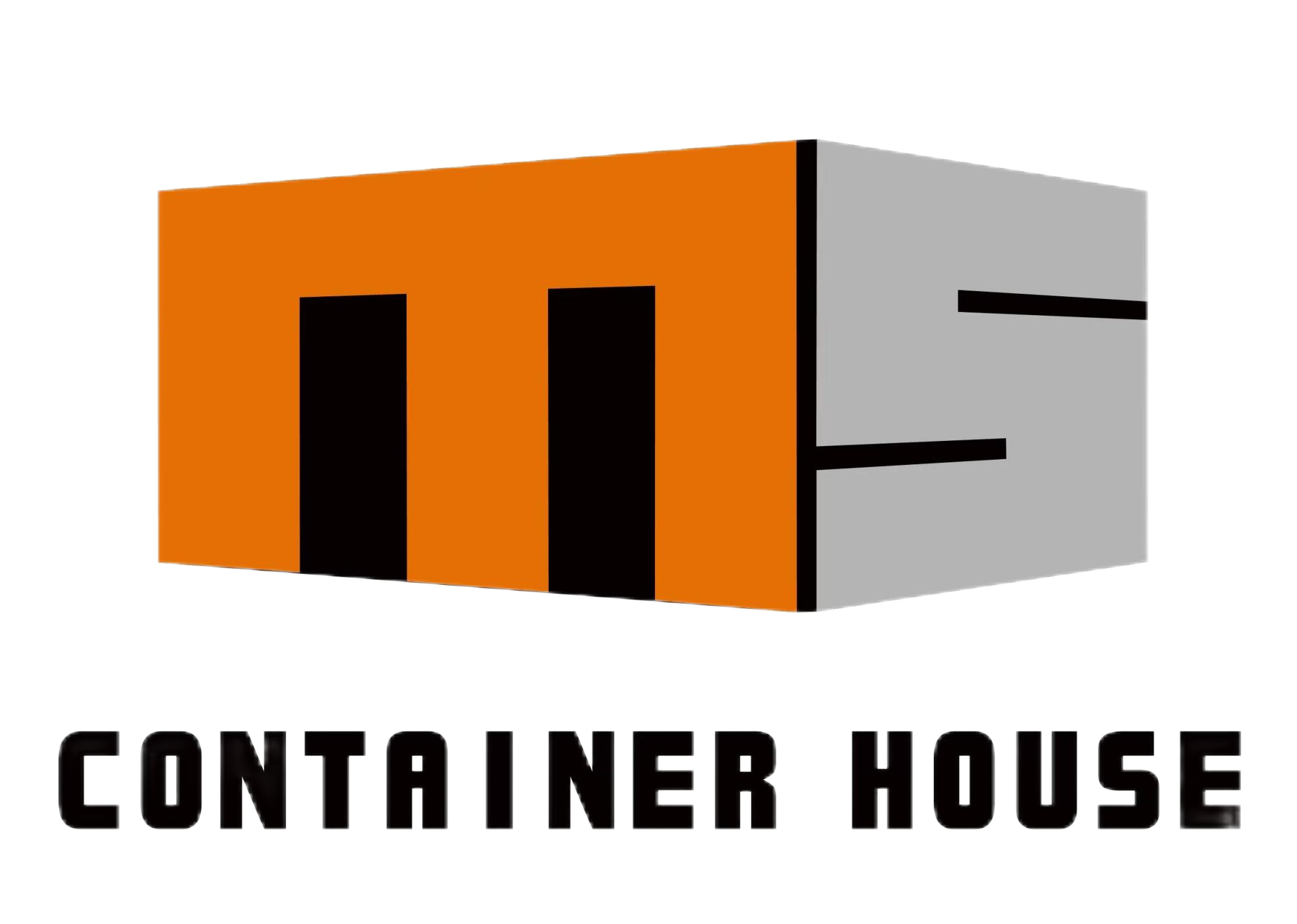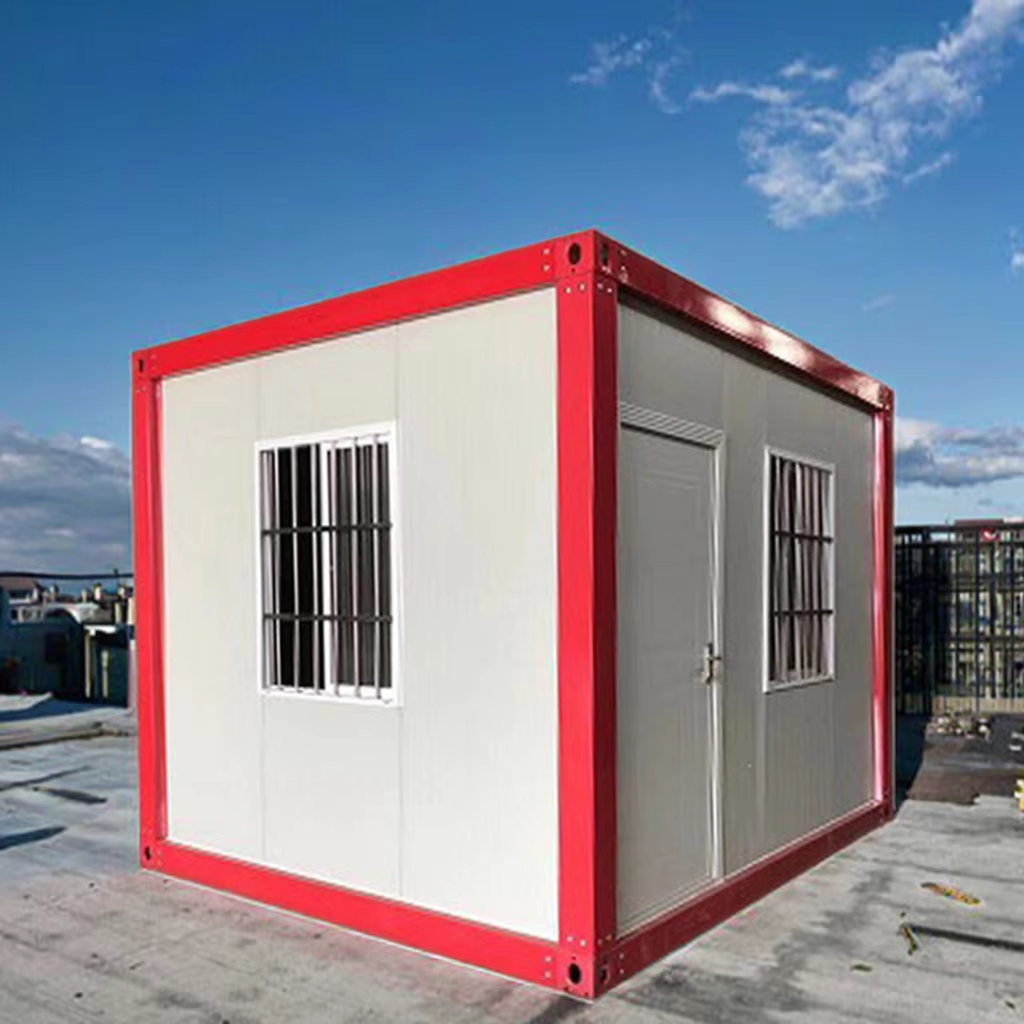Understanding Modern Prefabricated Home Construction
The journey of creating your dream home takes an innovative turn with prefab house construction. This modern approach to homebuilding combines efficiency, precision, and customization in ways traditional construction methods simply cannot match. As the housing industry evolves, prefabricated homes have emerged as a sophisticated solution that offers both quality and convenience, transforming the way we think about residential construction.
Prefab houses represent the perfect fusion of industrial precision and architectural creativity. Each component is manufactured in a controlled factory environment, ensuring superior quality control and consistent standards throughout the building process. This methodical approach not only guarantees structural integrity but also provides homeowners with a clearer timeline and more predictable costs compared to conventional building methods.
The Initial Planning Phase
Design Selection and Customization
The exciting journey of owning a prefab house begins with selecting your ideal design. Modern manufacturers offer an extensive range of architectural styles, from minimalist modern designs to more traditional aesthetics. During this phase, you'll work closely with design professionals to customize your chosen model, ensuring it meets your specific needs and preferences.
The customization process involves selecting exterior finishes, interior layouts, and various architectural elements that will make your home unique. Many manufacturers now utilize advanced 3D modeling technology, allowing you to visualize your future home before construction begins. This digital preview helps in making informed decisions about spatial arrangements and design elements.
Site Evaluation and Preparation
While your prefab house components are being manufactured, proper site preparation is crucial. This phase includes conducting soil tests, obtaining necessary permits, and preparing the foundation. A thorough site evaluation ensures that the land can properly support your new home and meets all local building codes and regulations.
Professional surveyors and engineers will assess factors such as terrain slope, soil composition, and drainage patterns. This information guides the foundation design and helps determine any additional site work needed before assembly can begin. The preparation phase might also include utilities installation and creating access routes for delivery vehicles.
Manufacturing and Quality Control
Production Process Overview
The manufacturing of prefab house components takes place in state-of-the-art facilities where climate-controlled conditions ensure optimal material performance. Each section is built to precise specifications using advanced machinery and skilled craftsmanship. The controlled environment eliminates weather-related delays and maintains consistent quality standards throughout production.
Quality control inspectors regularly check each component against stringent standards, ensuring everything from structural elements to finishing details meets specifications. This systematic approach to manufacturing results in superior build quality and reduced material waste compared to traditional on-site construction methods.
Materials and Sustainability Features
Modern prefab houses often incorporate sustainable materials and energy-efficient features. Manufacturers carefully select materials that balance durability, environmental impact, and cost-effectiveness. From high-performance insulation to energy-efficient windows, each component is chosen to enhance the home's long-term performance.
The factory-controlled environment allows for precise cutting and assembly, minimizing waste and maximizing material efficiency. Many manufacturers also offer eco-friendly options such as solar panel integration, rainwater harvesting systems, and sustainable finishing materials, allowing homeowners to reduce their environmental footprint.

Transportation and Assembly Process
Logistics and Delivery Planning
The transportation of prefab house components requires careful planning and coordination. Manufacturers work with specialized logistics companies to ensure safe delivery of all modules to the construction site. Each component is properly secured and protected during transit to prevent damage and maintain quality.
Delivery schedules are carefully coordinated with site preparations and assembly teams to ensure smooth operations. The timing of deliveries must account for factors such as weather conditions, road restrictions, and site accessibility to prevent delays and complications during the assembly phase.
On-Site Assembly Techniques
The assembly of a prefab house is a precisely choreographed process that typically takes a fraction of the time required for traditional construction. Skilled crews use specialized equipment to carefully position and connect each module according to detailed assembly plans. The process requires expertise in both construction and prefab-specific assembly techniques.
Weather protection measures are implemented throughout the assembly process to maintain the integrity of materials and components. The assembly team follows strict quality control procedures, ensuring each connection and seal meets specifications for structural integrity and weather resistance.
Final Steps and Move-In Preparation
Interior Finishing and Systems Integration
Once the main structure is assembled, attention turns to completing interior finishes and integrating home systems. This includes connecting electrical, plumbing, and HVAC systems, as well as installing fixtures and appliances. The pre-engineered nature of prefab houses often means these systems are designed for straightforward integration.
Final touches such as painting, flooring installation, and cabinet mounting are completed according to the original design specifications. Quality inspections continue throughout this phase to ensure all finishes meet the high standards established during the manufacturing process.
Final Inspections and Certification
Before occupancy, your prefab house undergoes comprehensive inspections to verify compliance with local building codes and manufacturer specifications. These inspections cover everything from structural integrity to system functionality, ensuring your new home is safe and ready for occupancy.
Documentation, including warranties and maintenance guidelines, is provided to homeowners, helping them understand how to care for their new home. Many manufacturers also offer post-occupancy support to address any questions or concerns that arise during the initial move-in period.
Frequently Asked Questions
How long does it take to complete a prefab house from order to move-in?
The timeline typically ranges from 4 to 6 months, depending on factors such as design complexity, site preparation requirements, and local permitting processes. This is significantly faster than traditional construction methods, which can take 12 months or longer.
What weather protection measures are in place during assembly?
Manufacturers and assembly teams use specialized weather protection systems, including temporary shelters and moisture barriers, during the assembly process. Components are also designed with weather resistance in mind, featuring protective coatings and seals to prevent damage during construction.
Are prefab houses customizable after assembly?
While major structural changes may be limited, prefab houses can be customized with interior updates, additions, and modifications to exterior features. It's important to discuss any planned future modifications during the initial design phase to ensure the structure can accommodate these changes.

